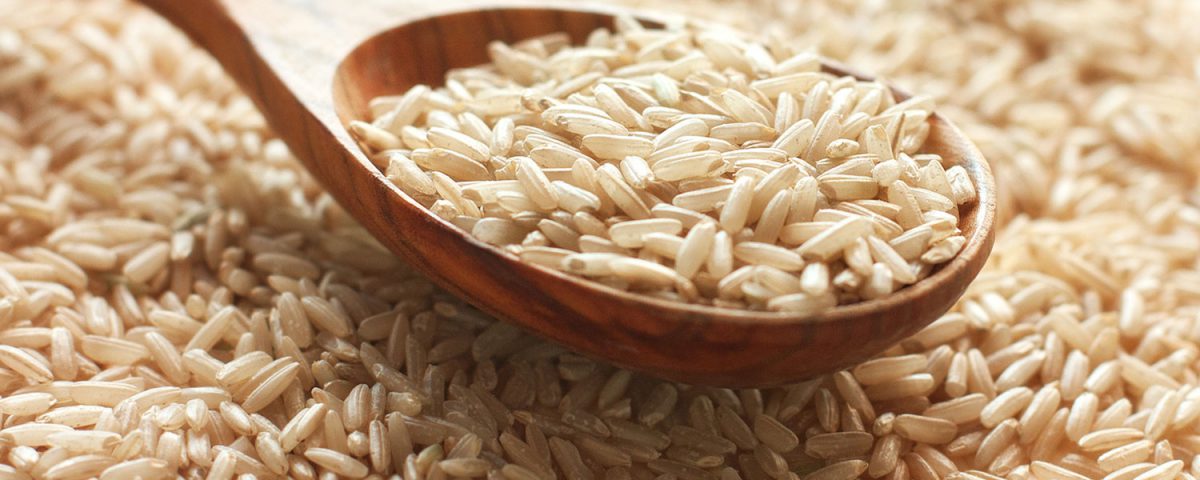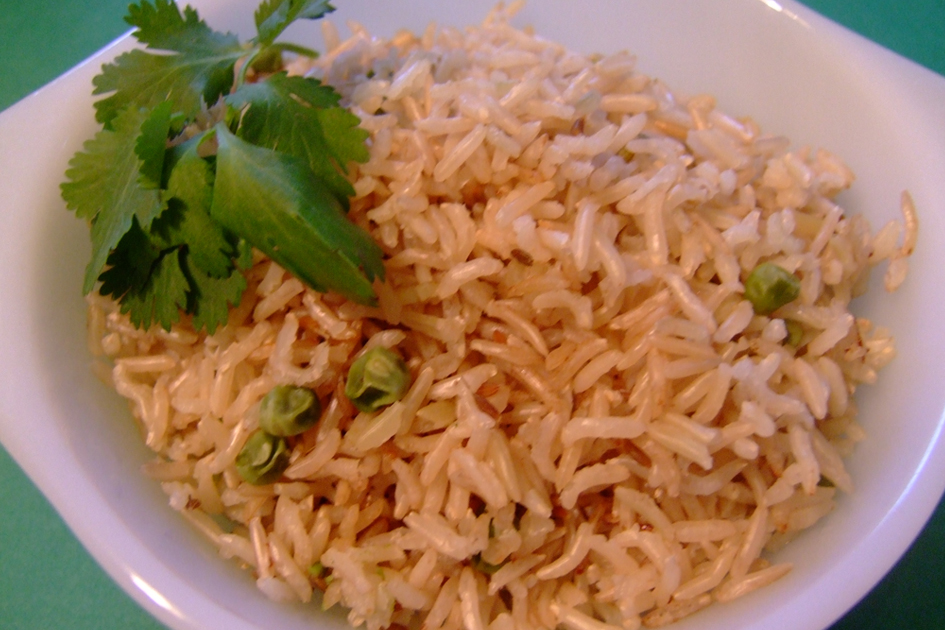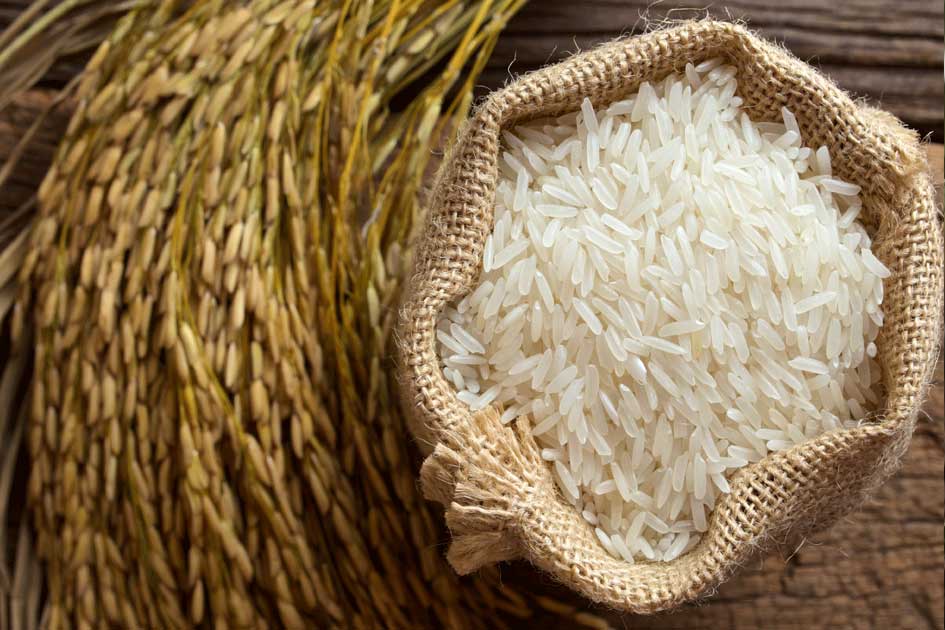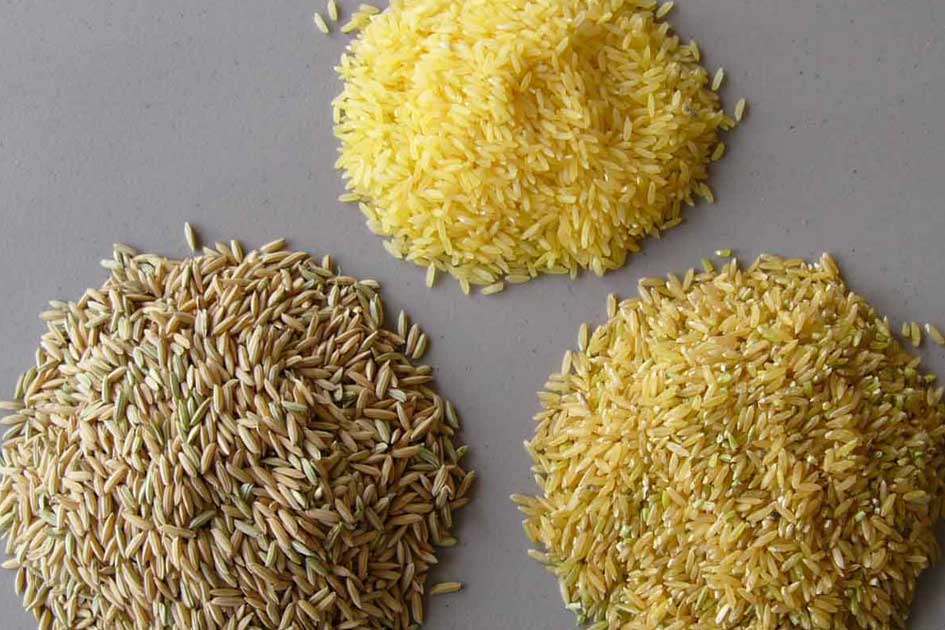Our Blogger/ Writer has mentioned brown rice in several blog posts/ articles, including the one on the process of rice milling, published on EzineArticles.com . Brown rice are produced as a result of husking/ de-hulling stage of paddy milling, where the tough outer coating of rice grains, the husk is stripped off using friction.
A lot has been talked about brown rice, including the fact that it is very healthy. But what exactly are these health benefits of brown rice? Let’s discuss them in this blog post.
- Consuming white rice means giving up on 100% of fibre & essential fatty acids, 90% of Vitamin B6 (Pyridoxine), 80% of Vitamin B1 (Thiamine), 67% of Vitamin B3 (Niacin) , 60% of iron and 50% of phosphorus and manganese each.
- You’ll be surprised, but brown rice even fights cancer! The high amount of dietary fibre in brown rice clings to the cancer-causing chemicals in the body, and eliminates them, thus reducing the risk of colon cancer. Colon cancer is the third most common cancer worldwide, as per the 2012 stats by the World Cancer Research Fund International.
- Replacing polished white rice with brown rice reduces your risk of developing diabetes by 16%. Consuming half a cup of brown rice every day may reduce your risk of developing diabetes by 60%. The reason brown rice stabilizes blood sugar is because it releases sugar slowly, unlike its white counterpart.
- When people think of antioxidants, they usually think of berries, fresh fruits and red wine. Not many know that brown rice is high in antioxidants too. Antioxidants prevent cancer.
- Selenium is a mineral that is required for good immunity and fertility in both men and women. Liver of lamb, oysters and tuna are good sources, but for vegetarians, brown rice is one of the best ones. Selenium prevents cancer, heart disease and arthritis.
To be continued…
 MAIL US :
MAIL US :
 CALL US :
>
CALL US :
>




